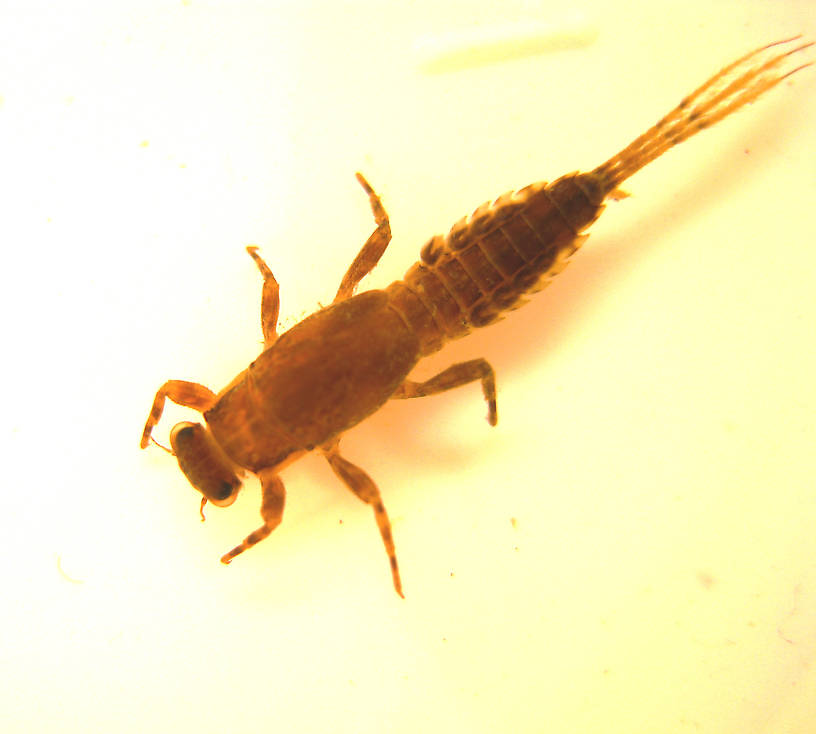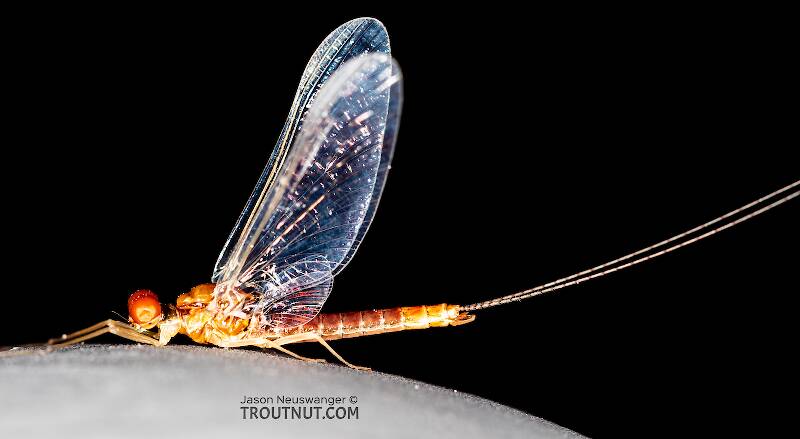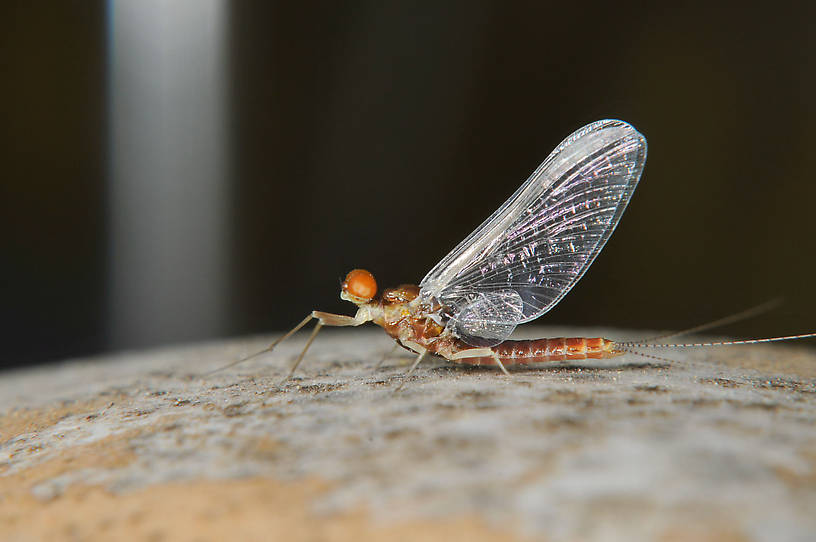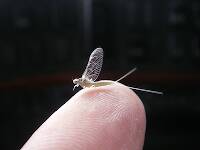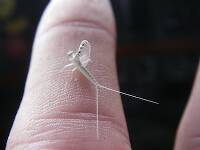
Salmonflies
Pteronarcys californica
The giant Salmonflies of the Western mountains are legendary for their proclivity to elicit consistent dry-fly action and ferocious strikes.
Featured on the forum

Troutnut is a project started in 2003 by salmonid ecologist Jason "Troutnut" Neuswanger to help anglers and
fly tyers unabashedly embrace the entomological side of the sport. Learn more about Troutnut or
support the project for an enhanced experience here.
This topic is about the Mayfly Species Ephemerella dorothea infrequens
Ephemerella dorothea infrequens (formerly Ephemerella infrequens), together with its often smaller and later hatching sibling Ephemerella excrucians, make up the most important Western hatches. They go by several common names but are best known as Pale Morning Duns (PMD's). They are rivaled only by the many baetid species that typically bookend them. In terms of availability, consistency and abundance (not to mention their convenient timing and preference for beautiful weather), they have no rival. They can run in size from a large 14 to a small 16 and various shades of illusive yellowish creams, sulfurs, and even yellowish greens, depending on the system they inhabit.This taxon used to be considered the separate species Ephemerella infrequens, but entomologists now regard it as a subspecies together with the small eastern Pale Evening Dun hatch Ephemerella dorothea dorothea. There is another related listing of significance common in California and the Southwest that has undergone revision. The large (often exceeding 10 mm) Ephemerella mollitia is now considered synonymous with d. infrequens.
While it is not the normal policy of TroutNut to list subspecies as separate taxa, d. infrequens and d. dorothea are so important and distinct from each other in terms of geography, appearence, and angling tradition that they warrant an exception.
Example specimens
Crepuscular on Jul 1, 2014July 1st, 2014, 10:09 am EDT
.Been tying up Ray Charles'
Spence
I am insulted. when I have given you my secret sow bug and you go and tie that thing! yuk! ;)
Quick Reply
Related Discussions
Topic
Replies
Last Reply
0
Jun 29, 2020
by Wiflyfisher
by Wiflyfisher
3
Jul 22, 2014
by Entoman
by Entoman
10
Jul 27, 2008
by Phillyfired
by Phillyfired
Re: Public service announcement: PMDs aren't yellow
In Male Ephemerella excrucians Mayfly Dun by Troutnut
In Male Ephemerella excrucians Mayfly Dun by Troutnut
13
Aug 28, 2020
by Wiflyfisher
by Wiflyfisher



